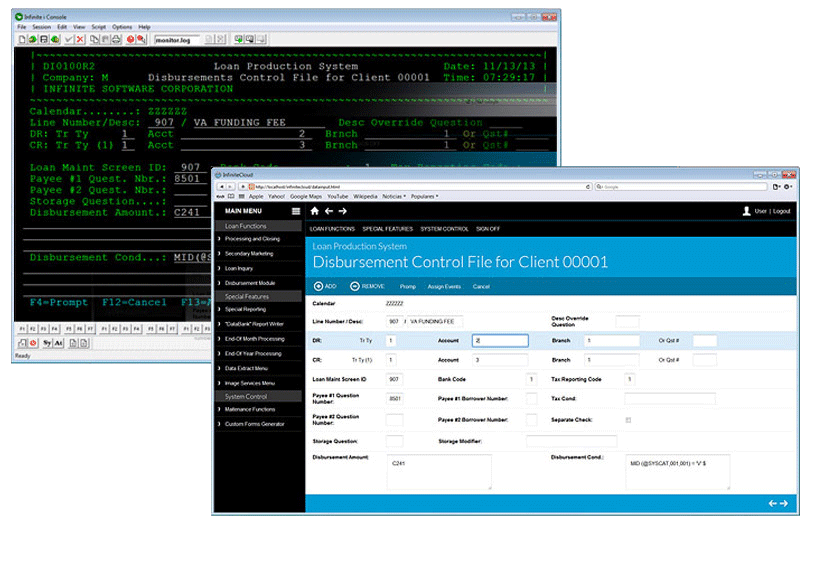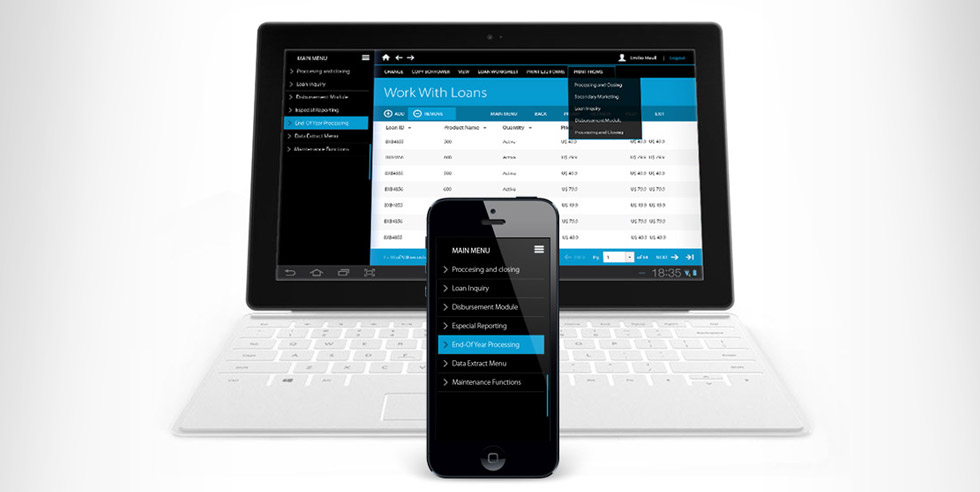Infinite36
Migrate System/36 Applications to Linux.
Infinite36 is the only alternative to a rewrite available on the market today. It is the least expensive, lowest risk way to migrate IBM System/36 (AS/400) RPG and COBOL applications to Linux.


Infinite36 is a suite of compilers, utilities and operating system services that allow applications (developed under RPG or COBOL for the System/36 environment) to be migrated at the source code level, recompiled and executed on the target platform. The compilers include RPG and COBOL. The compilers allow System/36 RPG and COBOL source code to be recompiled into native object code for 64-bit Red Hat Linux.
The compilers represent very sophisticated technology, but they aren’t the most important piece of the Infinite36 environment. The Infinite Application Server allows the recompiled object code to be deployed natively under the target platform (IE: Linux). The Infinite Application Server executes the code as it would on the System/36 platform.
Once your RPG or COBOL applications are recompiled and deployed to the new platform, Infinite36 provides the technology to migrate all the existing flat file data to MySQL using our unique copyrighted toolset. The Infinite36 data migration toolset allows flat file data to be deployed in a database environment. The result is that all legacy data will be migrate and fully usable in an ASCII database format and all future data created from the system will be written to MySQL in realtime.

![]() Infinite36 easily migrates and executes flat file data in MySQL database. Using Infinite36 native System/36 applications will write to MySQL without having to rewrite the original code. As part of the process of migrating RPG or COBOL applications, the files will be externally defined using F&I specs, the data is migrated, and once the cut-over is compete, all data is written to MySQL.
Infinite36 easily migrates and executes flat file data in MySQL database. Using Infinite36 native System/36 applications will write to MySQL without having to rewrite the original code. As part of the process of migrating RPG or COBOL applications, the files will be externally defined using F&I specs, the data is migrated, and once the cut-over is compete, all data is written to MySQL.
Infinite36 is the only method of embracing Open Systems offering rapid migration, low risk and a fast return on investment.
Infinite Cloud is a product set that automatically reads the data stream created by Infinite36 and renders green screen graphically. Whilst the toolset is auto rendering the screens and creating dynamic point and click functionality it is also publishing the screens to the web creating a private cloud upon which the screens can be accessed via any industry standard browser. Since the architecture is built in Eclipse for Java it can access and be accessed by third party Eclipse or Java libraries making plug-ins and new interfaces a breeze.
